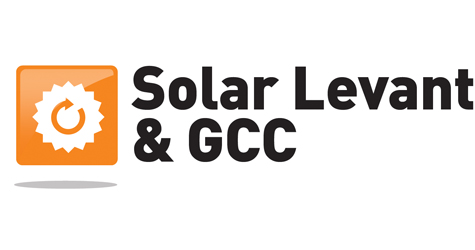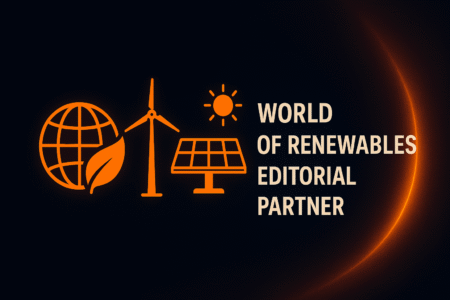Green Power Conferences spoke with Saudi Electric Company’s Eng. Hamed Al Saggaf to learn more about the project and what it means for the future Saudi solar market.
As Saudi Arabia is expected to introduce a National Renewable Energy Law this autumn, all eyes are currently on the Kingdom as a wealth of opportunities in the solar market look set to open up. This month, Saudi Electric Company made a major step forward in developing the country’s solar market, inaugurating Saudi Arabia’s first solar power plant on Farasan Island. Green Power Conferences spoke with Saudi Electric Company’s Eng. Hamed Al Saggaf to learn more about the project and what it means for the future Saudi solar market.
GPC: On 1st October, Saudi Arabia inaugurated its first solar power plant on Farasan Island. Can you tell us more about the project?
SEC: This is a 500 KW Solar Power Plant Project (expandable to 6-8 MW) using CIS Solar Thin Film Technology from Solar Frontier of Japan. The plant started initially on 5th July 2011 and completely on 18th August 2011. Showa Shell Sekiyu (SSSKK) built the plant on a Built Own and Transfer (BOT) basis and shall transfer the plant to SEC after 15 years or less. SEC will operate and maintain the project. The plant is directly connected to SEC’s distribution system.
GPC: What lessons have been learnt from developing this project and how will these feed in to future plans to develop larger scale solar plants in the Kingdom of Saudi Arabia?
SEC: Solar Energy is a must for long term success. The project gives SEC a better understanding of the difference between planned and actual KWh output of the solar power plant which is likely to be used as reference for future projects. The difference may be attributed to many reasons which includes the type of material used or even the solar radiation’s failure to meet the expected level. With this experience, SEC or the Saudi government will be in a better position to negotiate on the terms and conditions with any solar project proponents for future projects. Apart from that, it is environmentally friendly, helps to reduce Green House Gases, and emits no pollution.
The project also helps to serve in meeting KSA’s objective in providing alternative energy, reducing dependence on hydrocarbons, reducing growth in domestic demand on oil, saving oil reserves for future generations, and helping to utilize oil export quota.
GPC: How does solar power fit into Saudi Electric Company’s future energy plans? Does the company having any hesitations in shifting to using more solar power?
SEC: Development of renewable energy in the KSA is one of the Saudi government’s objectives, which has been seriously considered by SEC management for its future energy plans. However, there are issues that need to be carefully studied before shifting to the use for large scale of solar power which requires connection with the transmission grid. One major hesitation is the reliability of solar plants. Although there are new developments that would resolve such a problem, we believe that the available technology would be too expensive for now and may not be economical to implement within the few years from now. Other important issues are the financial support needed to construct these large scale solar projects.
GPC: What other solar projects are on the horizon in Saudi Arabia and how will Saudi Electric Company be involved?
SEC: A study is being initiated to expand the solar power plant to 8 MW. Several other isolated locations have been selected and are now under negotiation with some contractors to have hybrid solutions of diesel and solar production.
This growing interest in integrating solar power projects is something that is being seen across the entire MENA region. On 29-30 November, Saudi Electric Company will join CEOs and top level management of other MENA utilities including Egypt’s EEHC, Tunisia’s STEG, Algeria’s Sonelgaz and Jordan’s NEPCO at the Arab Renewable Energy Congress in Jordan.
Leading CSP, CPV and PV companies including SunEdison, Belectric, Abengoa, Skyfuel, Amonix and Siemens will join the discussions to further guide the region’s energy policies and iron out concerns on how solar power can be successfully integrated into the region’s power mix.
The official conference of the Arab Renewable Energy Commission will be welcomed to Jordan in 2011 by HRH Prince Asem Bin Nayef , H.E. Adnan Badran, former Prime Minister of Jordan & Board Member of the Masdar Institute of Science & Technology. Designed as a business to business forum with the ears of the region’s governments the conference will develop key action points for officials and key stakeholders to act upon to drive forward the sector’s renewable energy market.
For more information visit www.greenpowerconferences.com/arec2011









